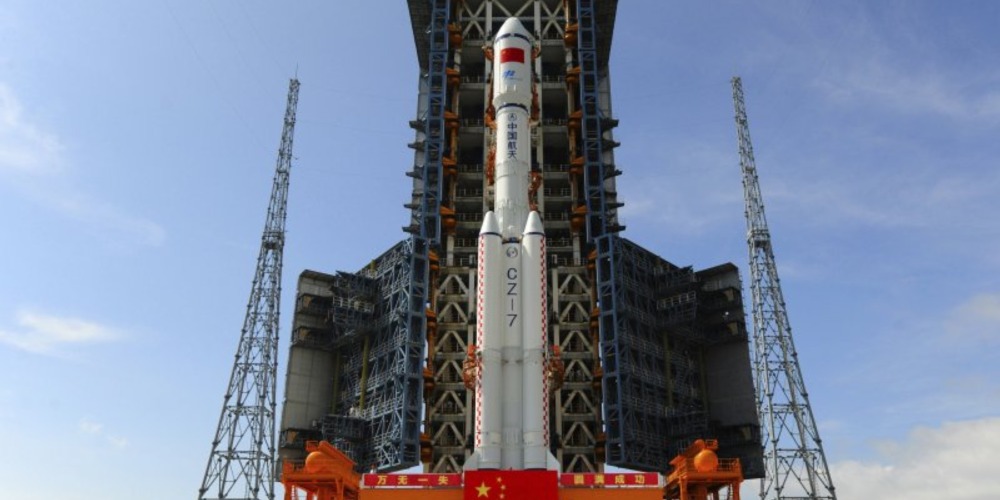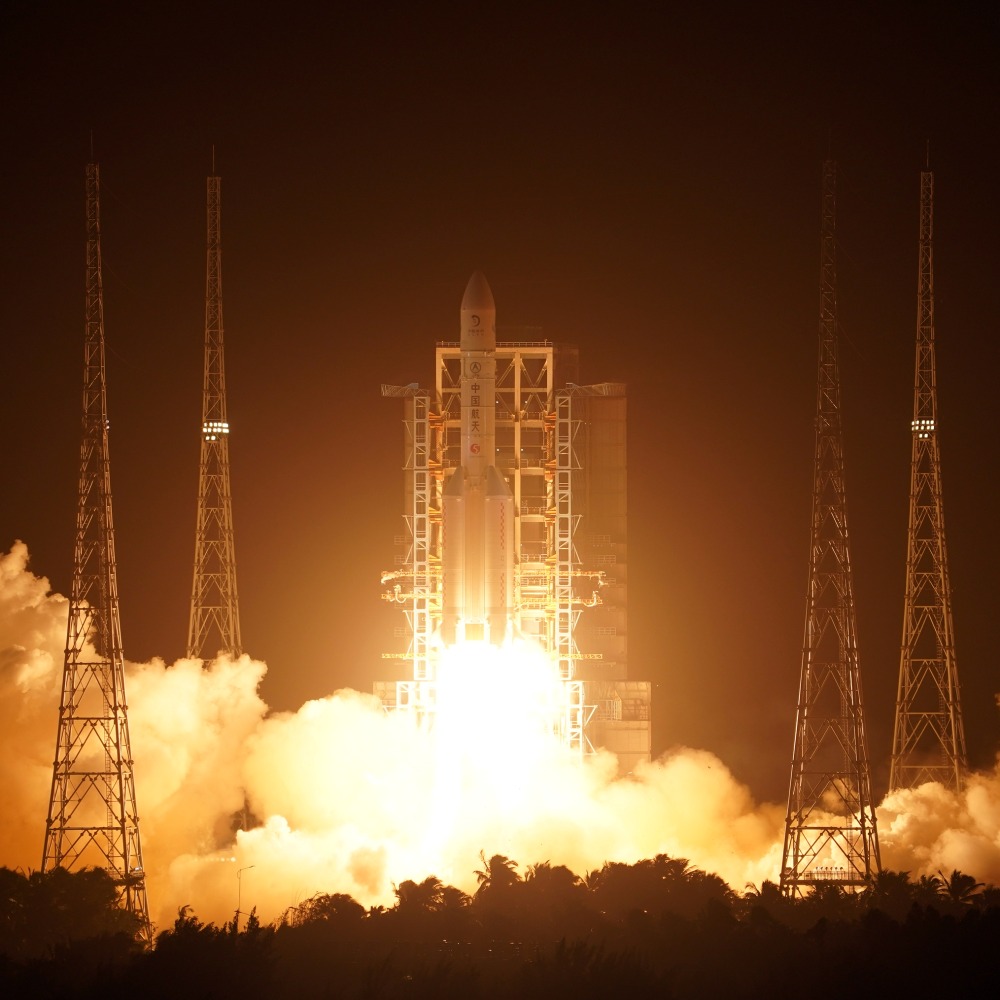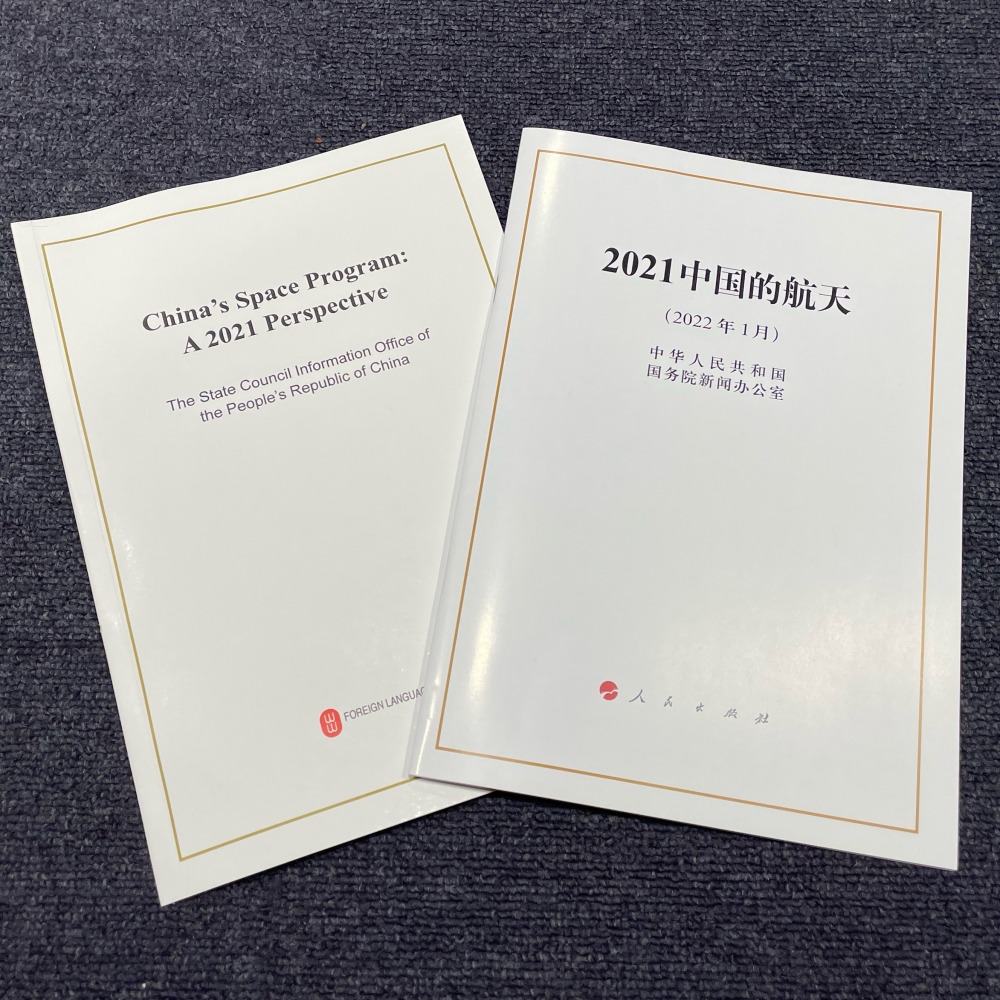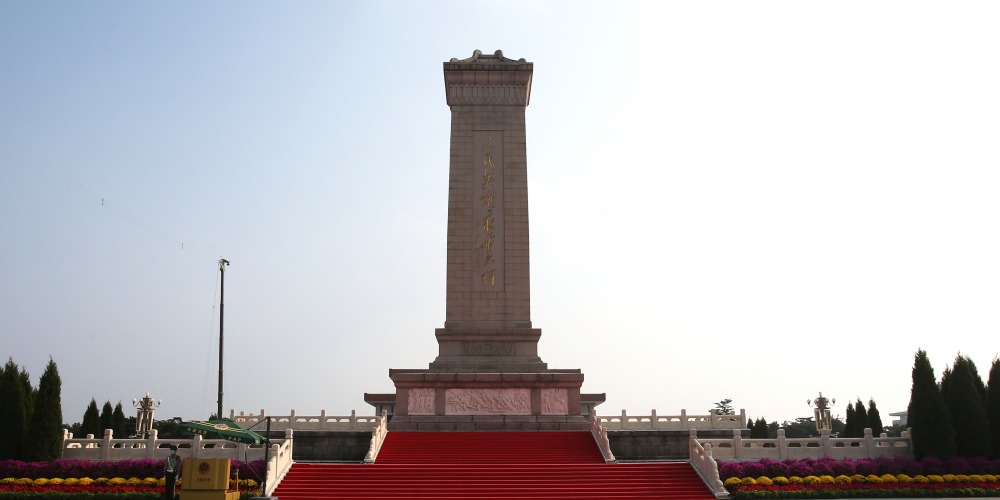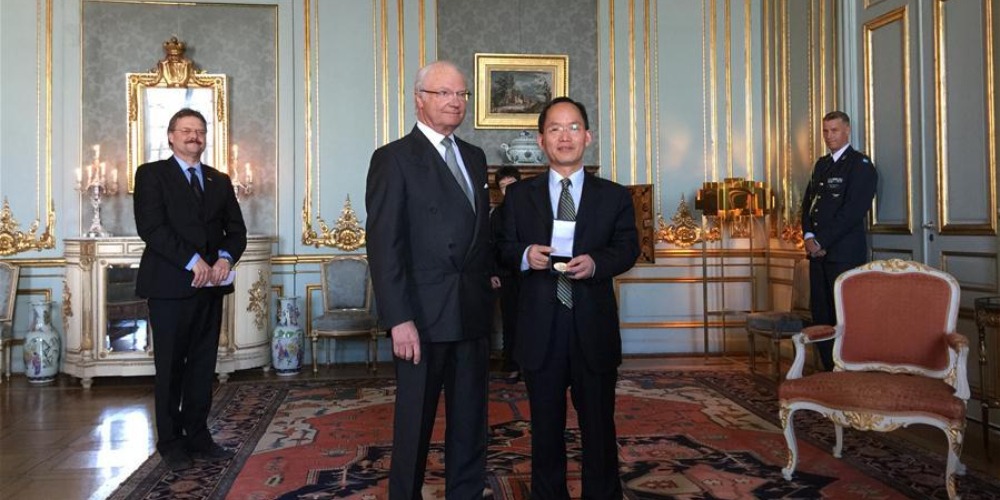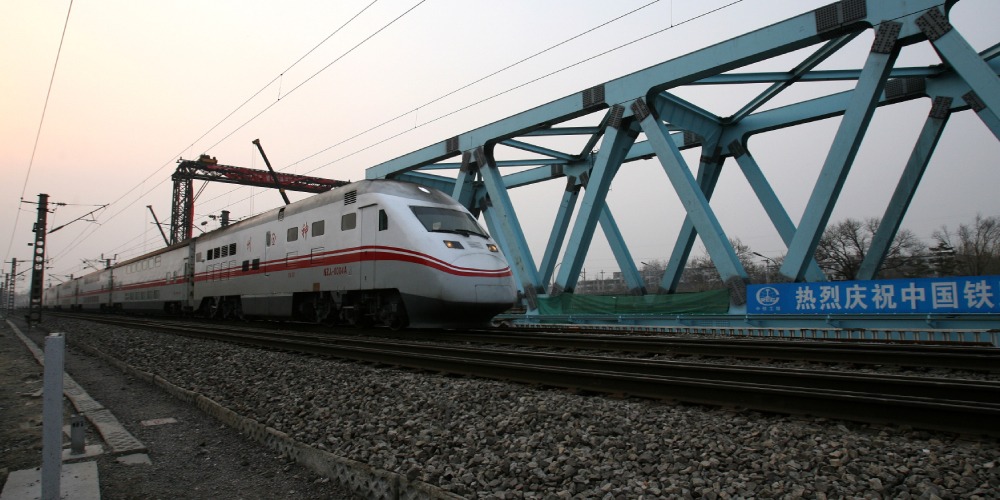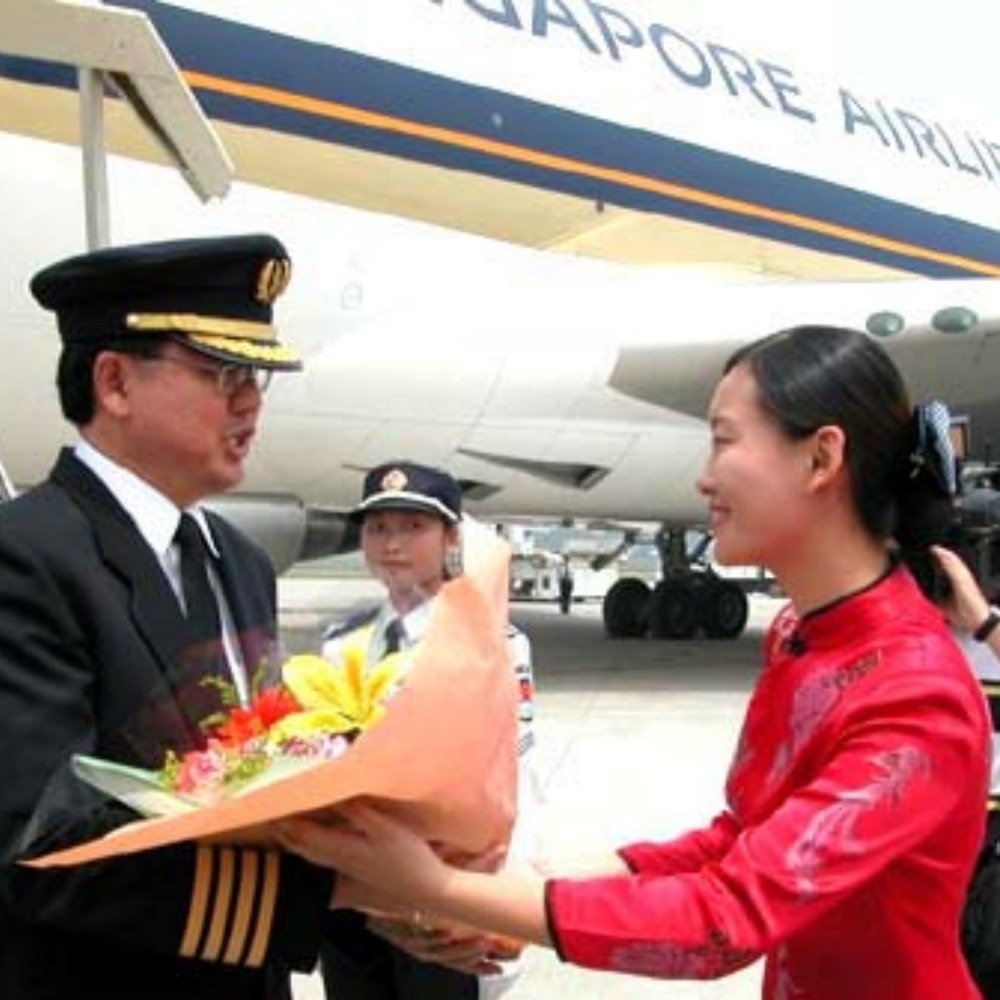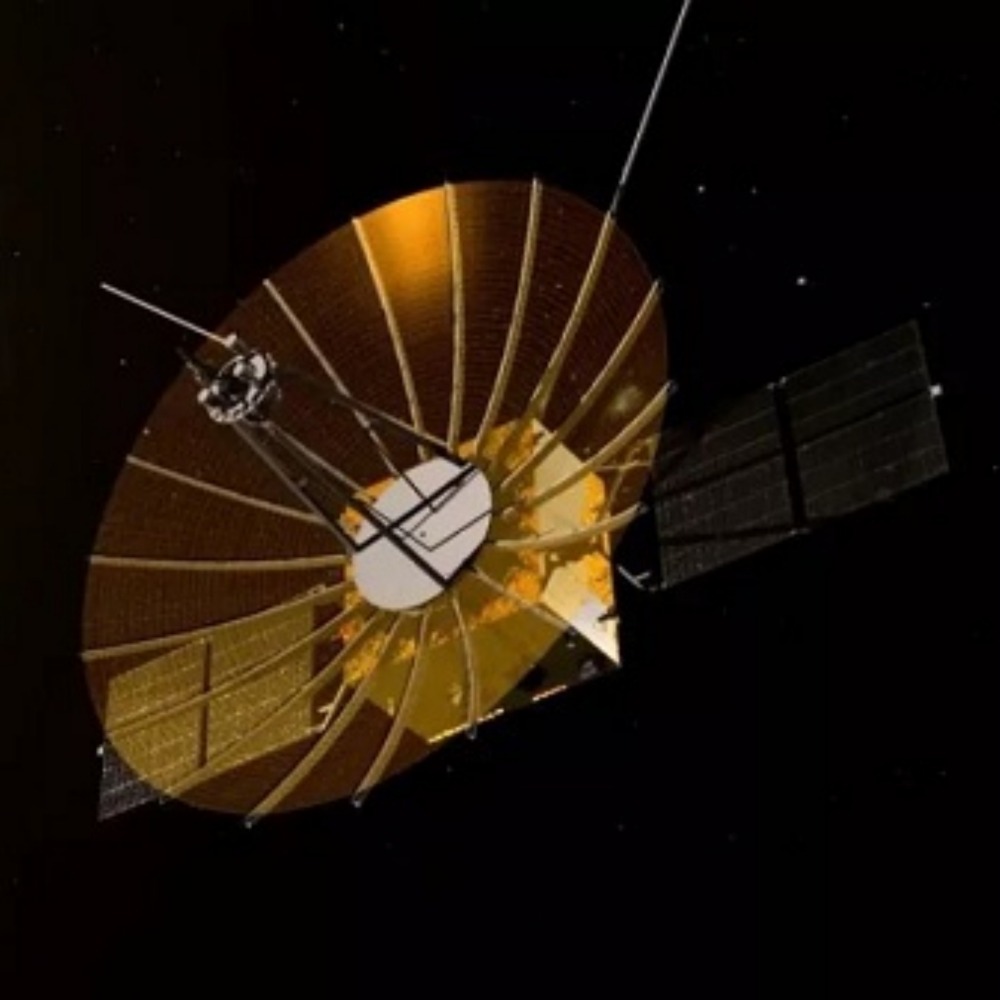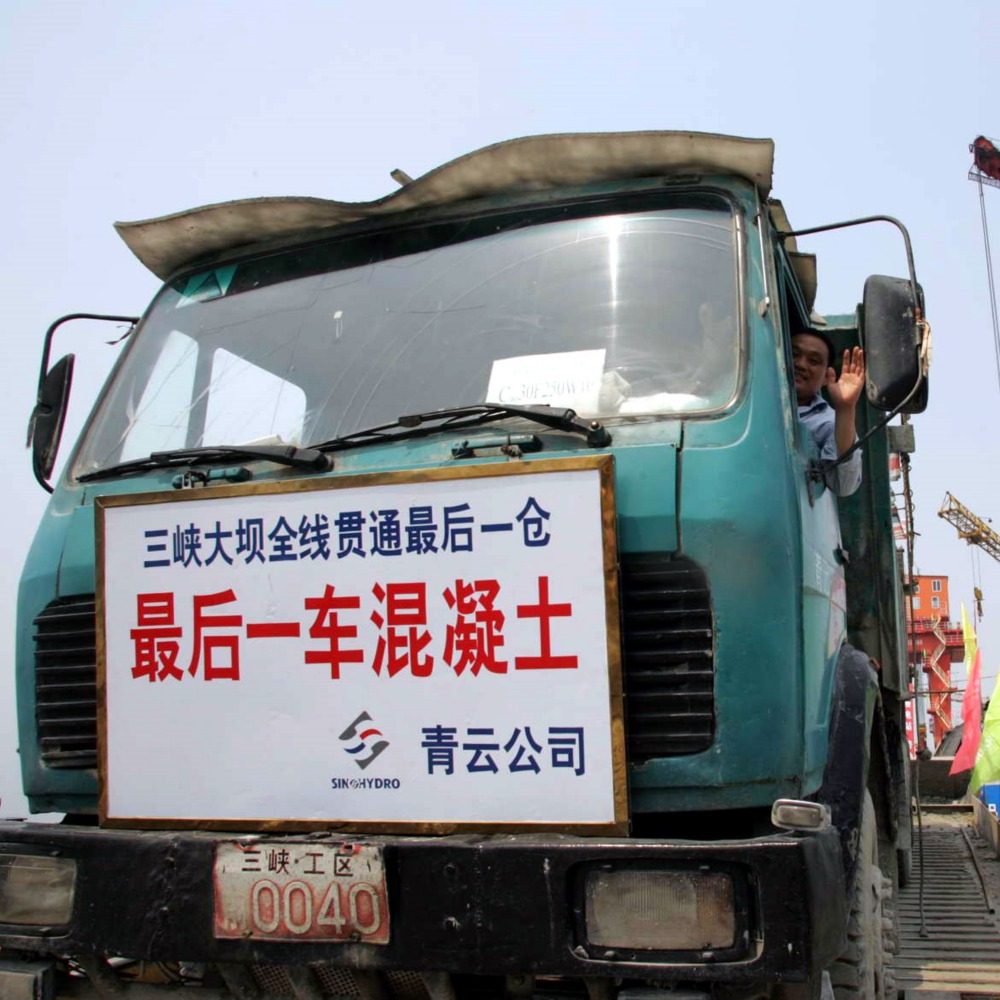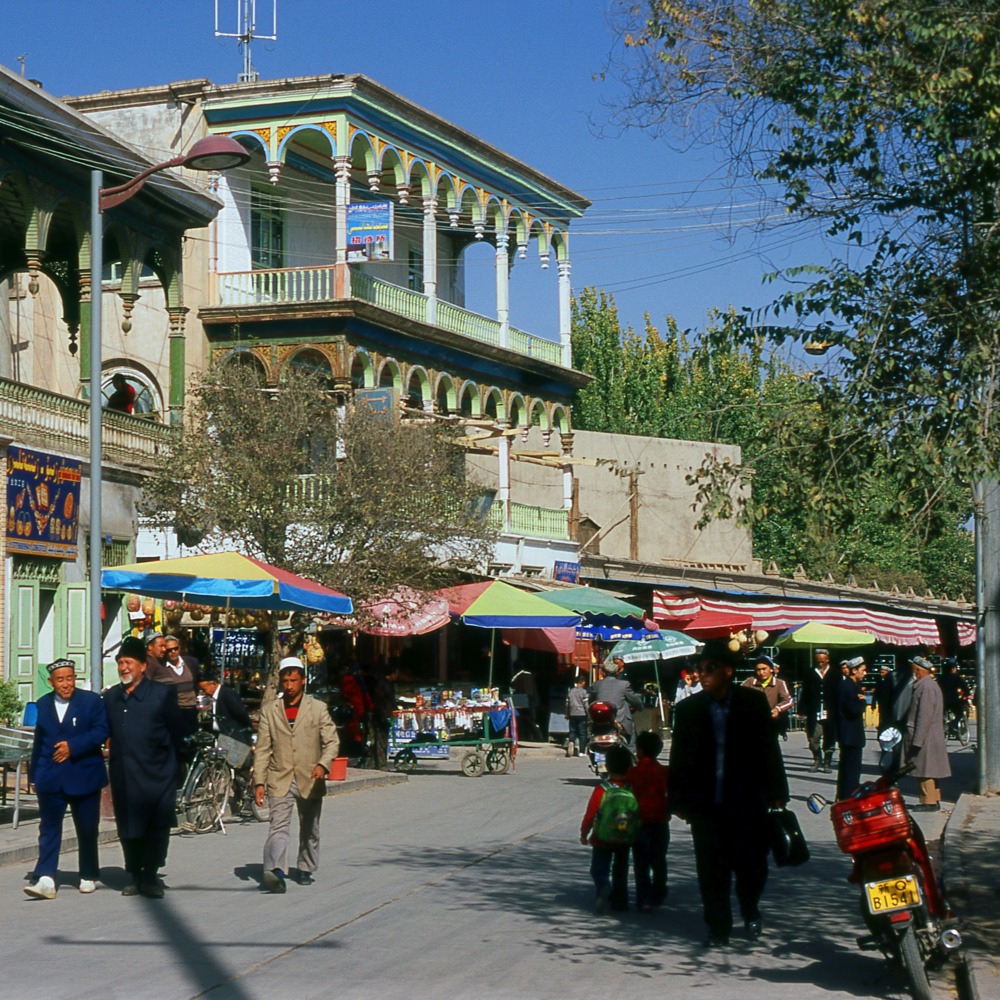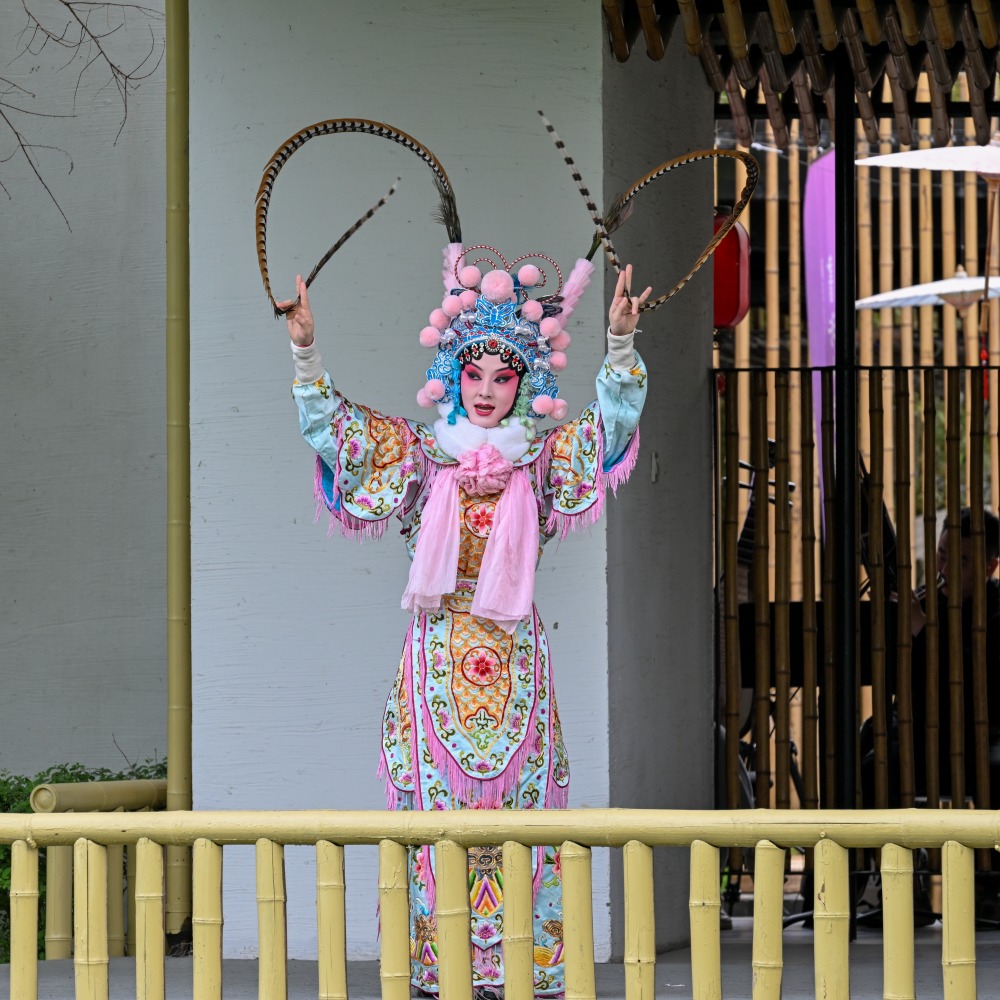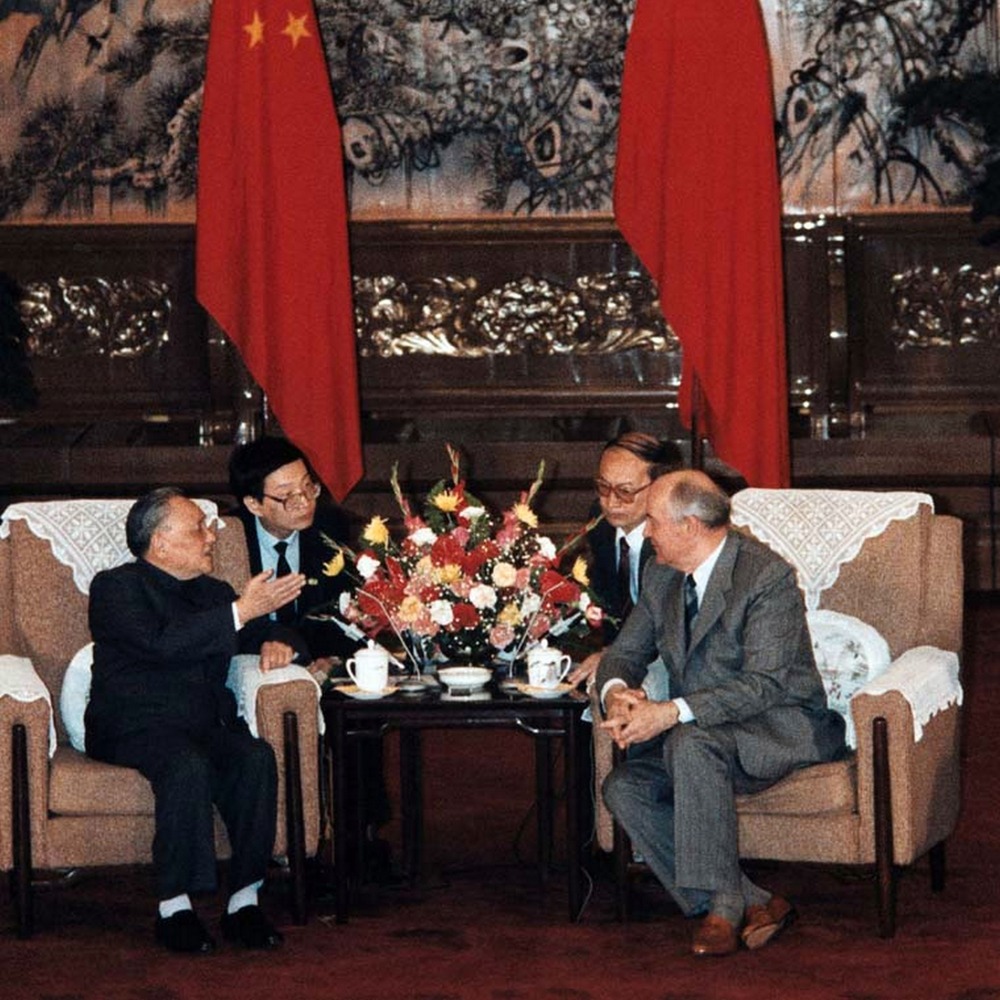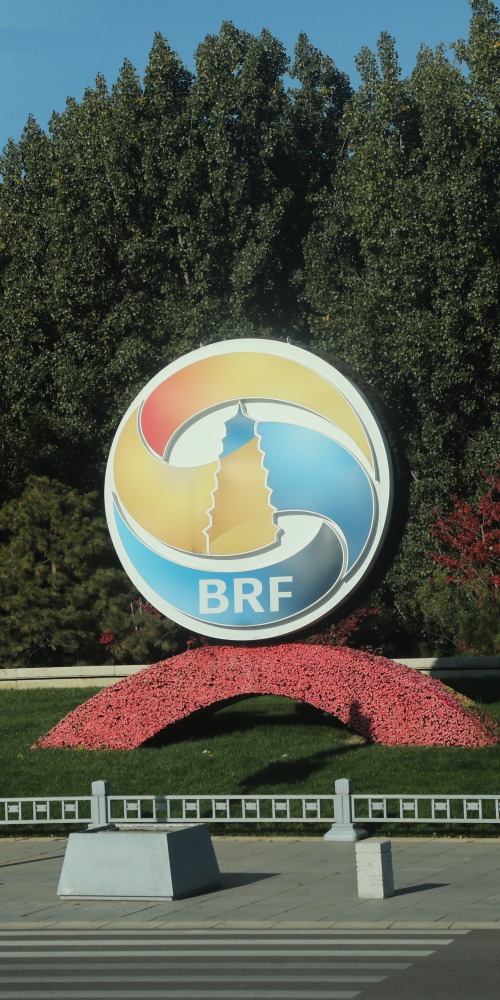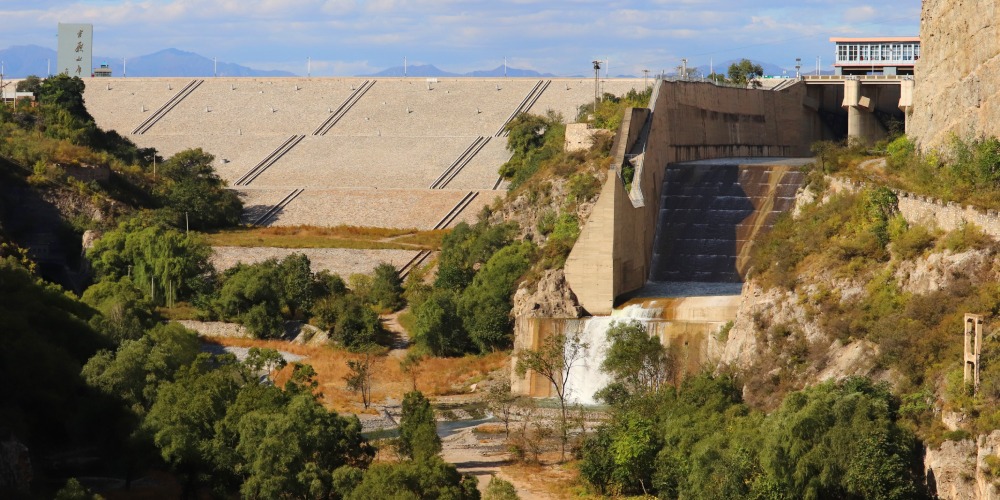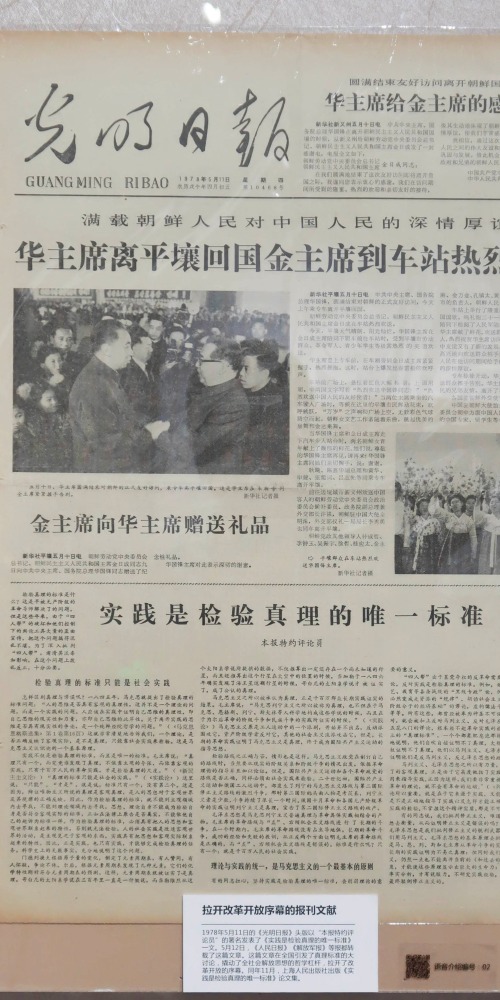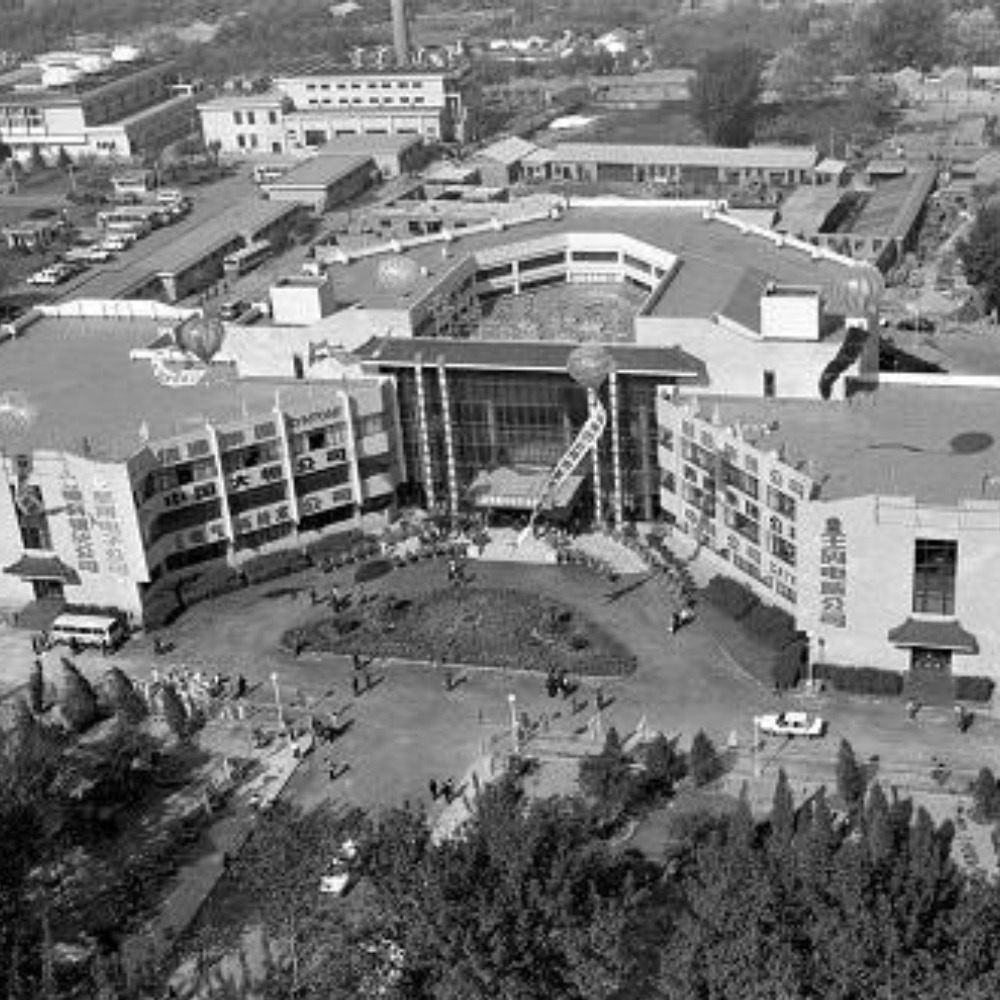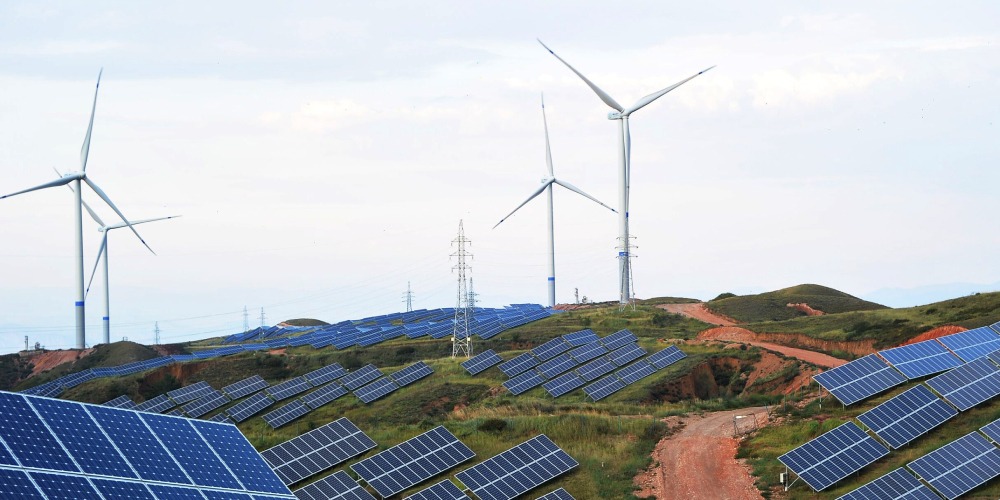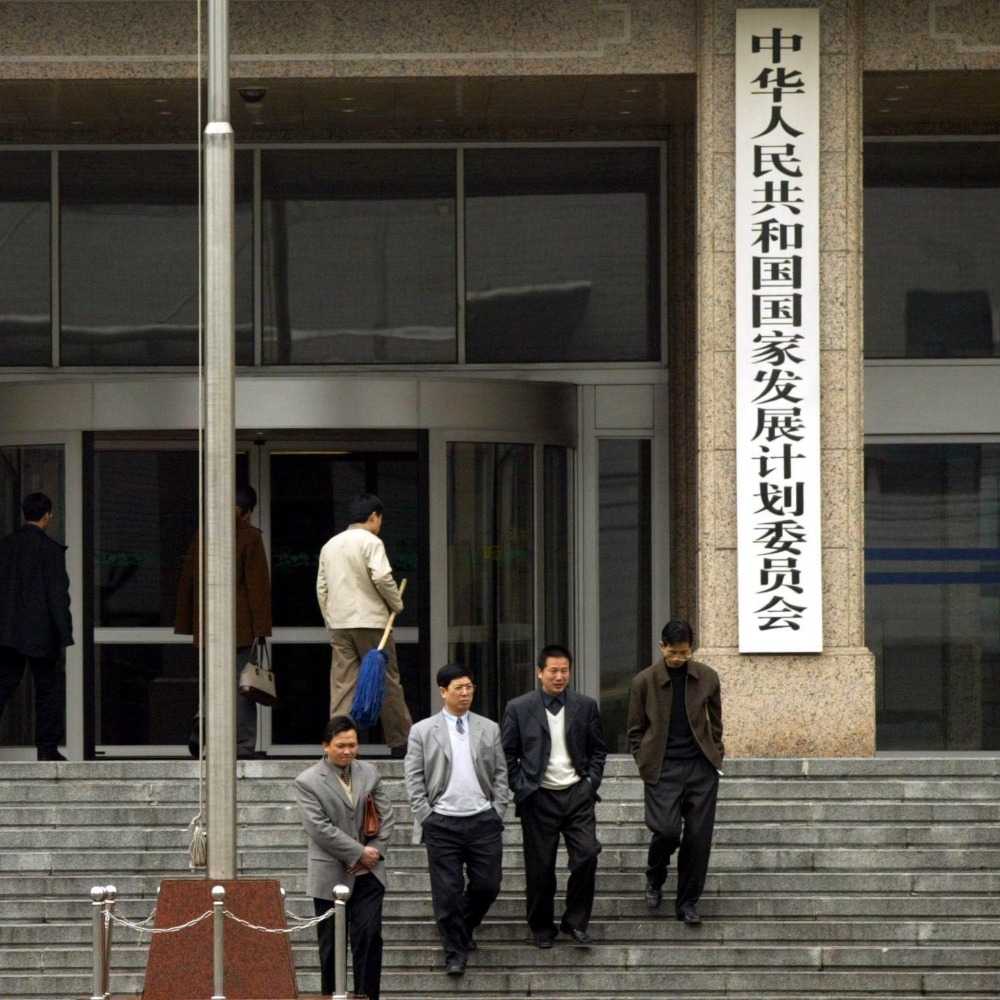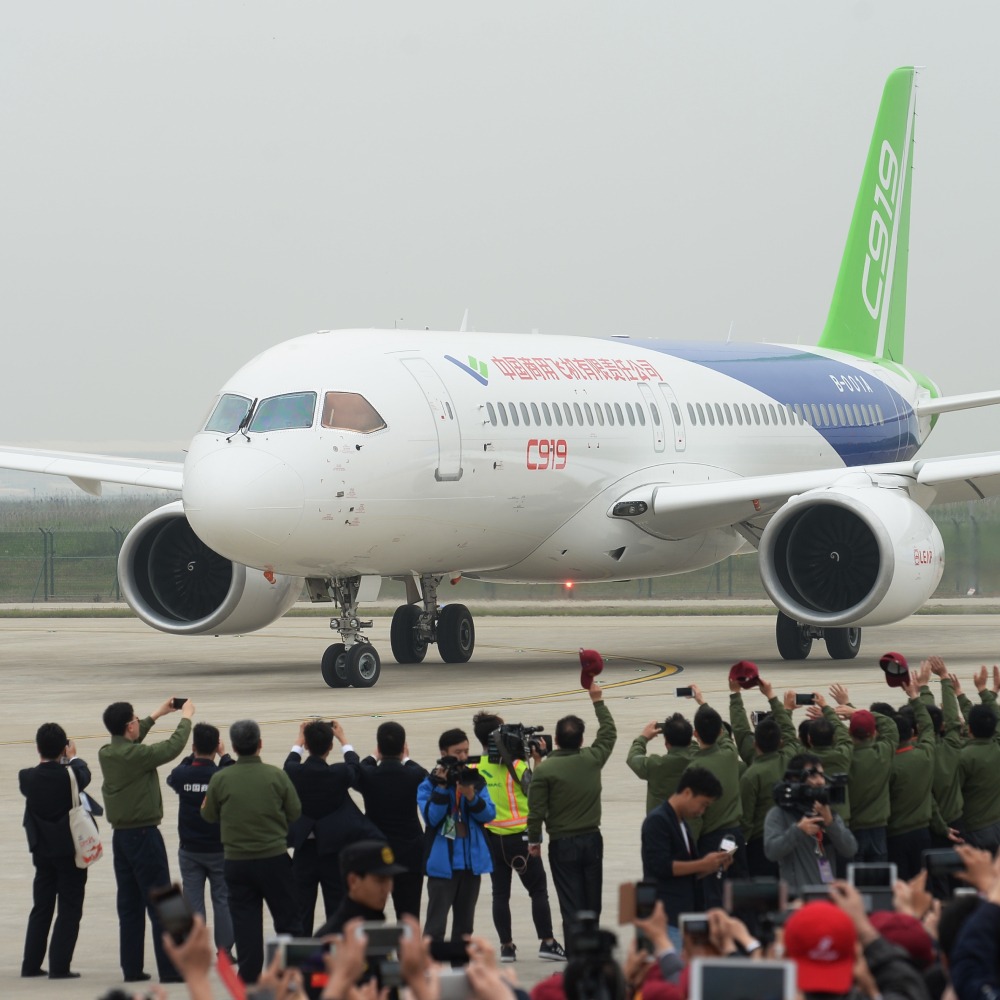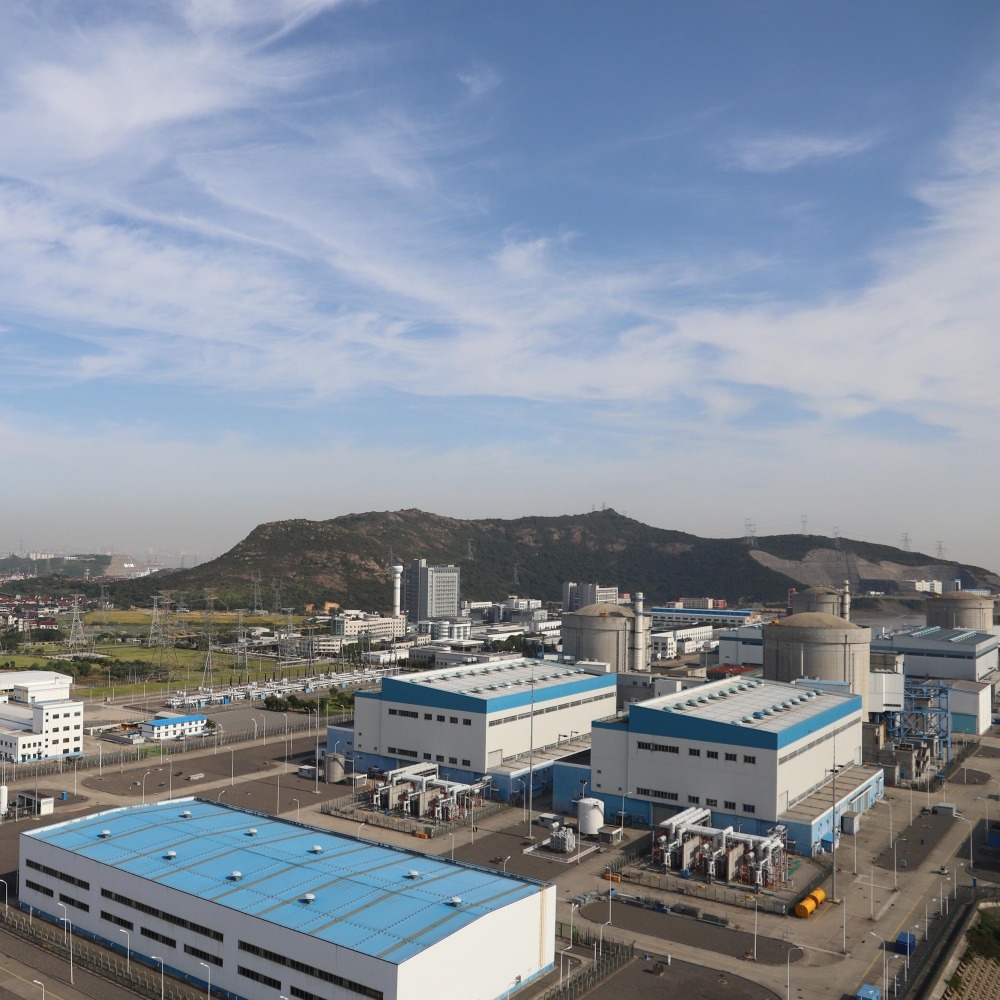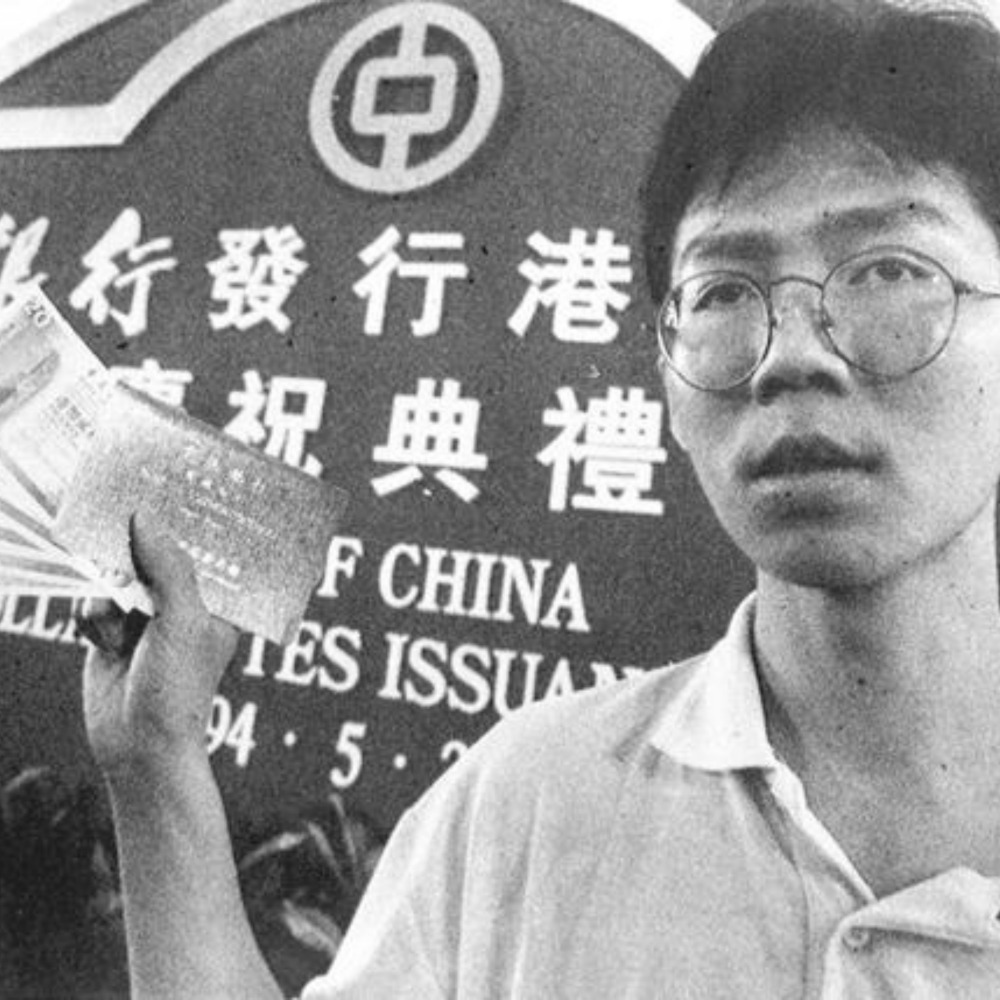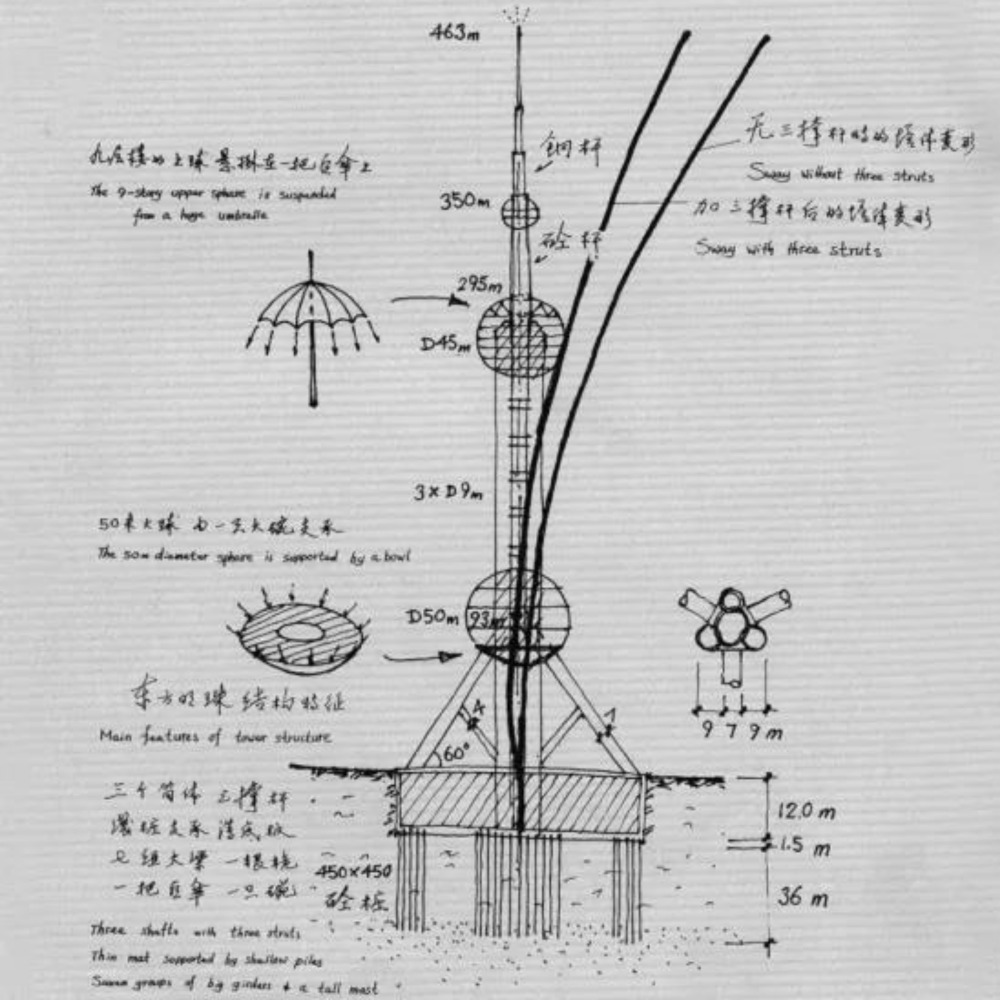Published : 2025-04-20
On April 20, 2017, China's first cargo spacecraft Tianzhou-1 (天舟1號) was successfully launched from the Wenchang Satellite Launch Centre in Hainan Province.
Tianzhou-1 features a two-module design. The smaller diameter module is the propulsion module, while the larger one is the cargo module.
The cargo spacecraft is 10.6 metres long and has a maximum diameter of 3.35 metres. When its solar panels are fully extended, the spacecraft reaches a maximum width of 14.9 metres.
With a take-off weight of approximately 13 tonnes, it can carry up to 2.1 tonnes of propellant for in-orbit refuelling and is capable of operating independently for three months.
Its cargo capacity is around 6 tonnes—not only three times that of foreign cargo spacecraft but also the highest among currently operational cargo spacecraft.
Cargo spacecrafts evolved from manned spacecrafts, taking on the roles of transporting propellant, delivering equipment for maintenance and replacement, supplying astronauts' living and working essentials, as well as scientific experiment equipment.
They can also be used to adjust the orbit altitude of a space station.
As early as the 1970s, the former Soviet Union and the United States began developing large-volume, long-life, and versatile space stations.
At that time, resupplying the space station could only be done with manned spacecrafts carrying a mix of people and a small amount of supplies, which could only deliver a few hundred kilograms of materials, far from meeting the needs.
Therefore, the Soviet Union was the first to develop the Progress cargo spacecraft with a cargo volume of 6.6 cubic metres and a transport capacity of 2.6 tonnes. The United States followed closely, developing the series of Dragon and Cygnus cargo spacecrafts.
Following the successful launches of cargo spacecrafts by major spacefaring countries such as the Soviet Union and the U.S., China also successfully launched the Tianzhou-1 cargo spacecraft, which subsequently conducted a series of space science experiments and applied technology tests as planned.
It also performed three automatic rendezvous and dockings, including autonomous rapid rendezvous and dockings, with the in-orbit Tiangong-2, as well as three on-orbit refuellings.
The successful completion of the series of missions by Tianzhou-1 broke through and verified critical technologies for space station cargo transportation and on-orbit refuelling, marking the victorious completion of the second step of China's manned space programme and laying a more solid technical foundation for the subsequent research and construction of China's space station project.
In September 2017, after completing the space laboratory phase missions and subsequent extension tests, Tianzhou-1 was controlled to safely deorbit into a predetermined safe sea area.
